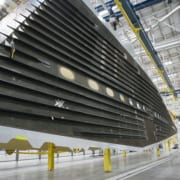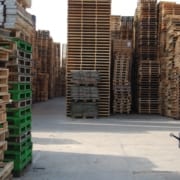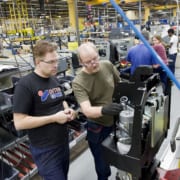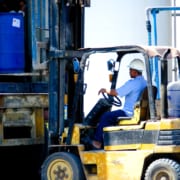Does your company use mechanical equipment to lift, move and/or manipulate materials? When compared to manualmaterial handling, mechanical offers several key benefits: it improves productivity, reduces the physical workload on workers, boosts worker morale, and lowers the risk of certain types of injuries – specifically those involving the joints, ligaments, muscles, nerves, spine, neck and back. However, there’s still an inherit risk of injury associated with the use of mechanical material handling, which is why it’s important for employers and workers to follow some basic safety tips.










